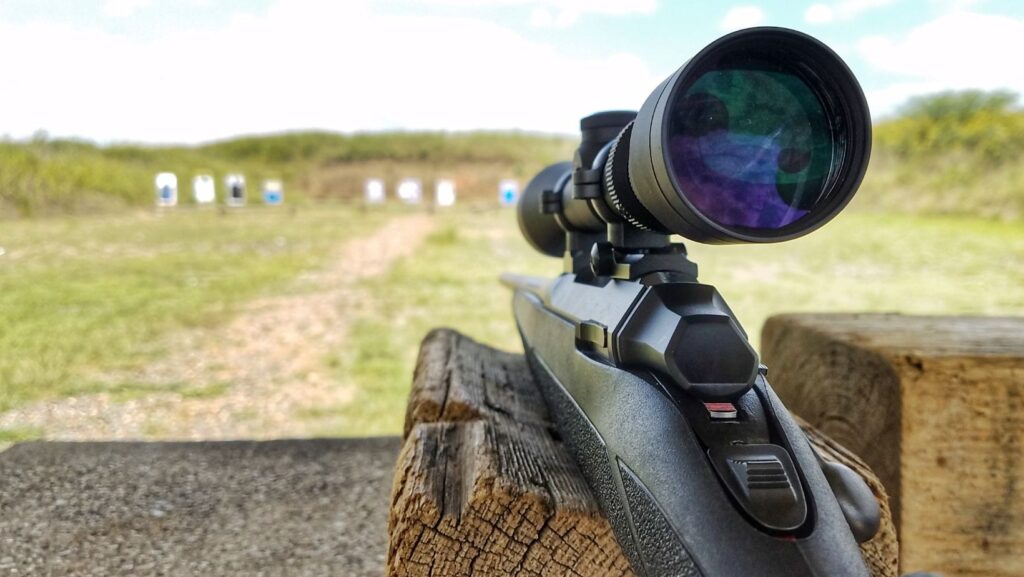CS2 is one of the most popular ways for gamers to earn some cash in a hassle-free way. Although it’s fun and can be an easy way to make money, there are also some important things to consider before you start trading CS2 skins. In this blog, we’re going to cover them all. Let’s go!
CS2 Trading Tips You Need to Know
Tips always help, whether in CS2 or any other game. Let’s get familiar with the best CS2 trading tips.
Check Float and Pattern
Before trading a skin, always check its float value and pattern. The float tells you how worn the item is, from Factory New to Battle-Scarred, and this affects both the look and the price. But float alone isn’t enough. Patterns can make a big difference, especially on knives or skins like Case Hardened, where specific designs are more desirable. Two skins can have the same wear but very different values. Always inspect the item before confirming the trade. Many overpay or accept bad deals simply because they skip these details.
Verify Trade Partner
It’s important to make sure the person you’re trading with is really who they say they are. Scammers often copy the name and profile picture of trusted users to trick people. Check their Steam level, profile comments, and how long they’ve been active. A real trader usually has a consistent history and won’t rush or pressure you. Never accept CS2 skin exchanges that involve checking your items on strange websites or outside links. If something feels off, it’s better to walk away than to lose your skins.
Follow Market Trends
Skin prices often change based on popularity, updates, or events. A skin that looks boring today might become valuable if a pro player starts using it or it gets removed from the drop pool. Pay attention to what items are getting attention in the game itself, especially after big patches or case releases. Timing matters just as much as the item. If you understand when to trade and when to wait, you can get much better value without needing to trade more often.
What to Avoid When Trading CS2
Great, we have learned some tips, but are there moments when we need to be extra careful? Of course there are, and they include:
Don’t Rush a Trade
Never let anyone pressure you into making a quick trade. Some traders will say things like “this offer is only for the next five minutes” or “someone else wants it, so hurry.” These tactics are meant to stop you from thinking clearly. Good trades don’t require rushing. Take your time to check the item’s value, your trade partner’s profile, and whether the deal actually makes sense. Rushing often leads to mistakes, overpaying, or falling for scams that could have been easily avoided.
Be Careful with Popular Skins
Some skins become popular for a short time, and their prices shoot up fast. While they might look great, overpaying for a hyped skin usually leads to regret when the price drops again. Always compare the skin’s recent value, check how often it appears in-game, and ask yourself if it’s a long-term item or just part of a trend.
Never Send First
If someone asks you to send your item first and promises to send theirs later, walk away immediately. This is a classic scam known as a trust trade. No honest trader will ask you to give your item without a fair exchange at the same time. Even if the person seems friendly, has a good-looking profile, or claims to have done many trades, never break the basic rule of safe trading. If a trade feels unfair or risky, it probably is.
Ideal CS2 Trading Strategies
Now, let’s talk about strategies. You’re probably well aware that pro players and traders often use certain strategies in their trades to maximize profit. Here are a few of the most popular ones:
Trade Up Slowly
One of the best ways to grow your inventory is by starting small and trading up little by little. You don’t need expensive skins right away. Begin with mid-tier or lower-value items that are in demand, like popular rifle skins or clean-looking stickers.

Focus on Items with Stable Value
Not every skin holds its value over time. Some items lose interest fast, while others stay reliable for months or even years. It’s a smart strategy to focus on well-known skins that remain popular, like classic knives or clean weapon finishes. These are easier to trade and usually keep their value better, even when market prices shift. If you stick to skins with consistent demand, you’re less likely to get stuck with something that becomes hard to sell or drops in price quickly.
Use Overpay to Your Advantage
Some players are willing to add a bit extra, known as overpay, to get a skin with a certain float, pattern, or sticker. If you understand what makes an item special, you can trade it for more than its usual market price. For example, rare float values, unique patterns, or nice-looking sticker placements can give your item extra value. This strategy works best when you take time to learn what others are looking for and trade accordingly. It turns small details into real profit.
Conclusion
In conclusion, in this article we talked about the dos and don’ts of CS2 skin trading. We started with trading tips, continued with things to avoid, and finally focused on CS2 skin trading strategies. With all this knowledge in mind, you should be fully ready and equipped to earn cash and succeed in skin trading. Best of luck!


More Stories
Civiliden LL5540 PC: Unleash Gaming Power with Stunning Design & Performance
New Software RCSDASSK: Revolutionizing Productivity with Task Automation and Collaboration
Where to Buy Medicine for Cotaldihydo: Your Ultimate Guide to Finding It